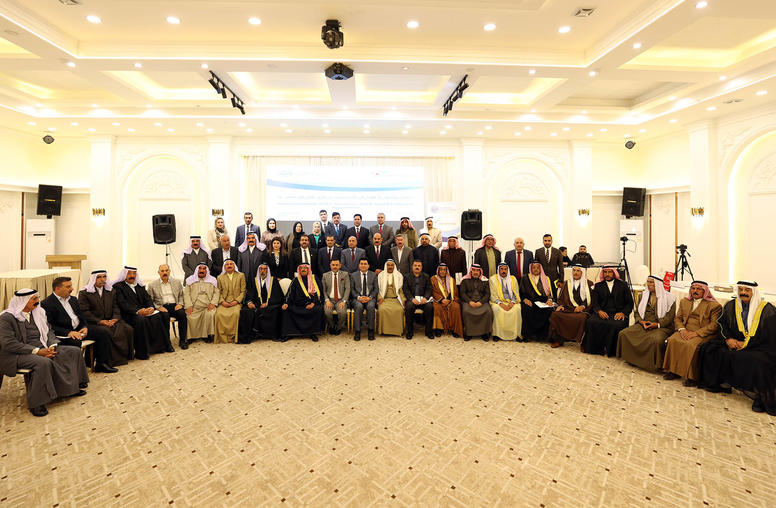Mitigating Media Incitement to Violence in Iraq
A Locally Driven Approach
Inflammatory news broadcasts in Iraq risk inciting violence and diminishes the chance for successful democratic transition. A new Special Report highlights an effort to identify, define, and measure the prevalence of inflammatory terms in news reporting at key television stations. A pilot group of media leaders in Iraq have used this content analysis to create a style guide they hope will improve reporting and stem the risks of incitement.
Summary
- The Iraqi media sector is polarized, with news content often representing political positions. In a postconflict environment such as Iraq, this polarized content can become inflammatory, potentially inciting violence and diminishing the chances for Iraq to move forward in its transition to a peaceful democratic society.
- The U.S. Institute of Peace (USIP) and the Annenberg School for Communication at the University of Pennsylvania engaged three key parts of the media sector—Iraqi civil society media monitors, regulatory bodies, and news media—to jointly discuss and decide how best to minimize inflammatory language, while still respecting press and expression freedoms.
- The collaborative effort included a media content analysis that identified, defined, and measured the prevalence of inflammatory terms appearing on the newscasts of the top five Iraqi satellite stations before Iraq’s national elections in 2010. The research findings were shared with Iraqi media, civil society media monitors, and regulatory bodies to assist them in preventing inflammatory reporting.
- Using a set of guidelines developed by Iraqi media stakeholders and USIP, a pilot group of influential news directors, media regulators, and civil society media monitors created a style guide for conflict reporting, which provides both a reference for media to minimize the use of inflammatory terms and a starting place for Iraqis to address the issues noted in the content analysis and improve media regulation and monitoring.
- Building on the self-regulatory tools developed, USIP is seeking to create a network of civic organizations across Iraq that can monitor media content on a range of potential conflict issues, from elections to oil to ethnic relations.
- The process—as outlined in this report—of self-regulation in the Iraqi media could be a model for other conflict-affected countries. If a broad range of media stakeholders are armed with the tools, motivations, and structures for effective media oversight, inflammatory reporting can be better constrained.
About the Report
This report outlines the collaborative process developed over a four-year period to enable Iraqi media, regulators, and members of civil society to mitigate inflammatory content broadcast on satellite television stations. The report is part of a larger initiative undertaken by the U.S. Institute of Peace (USIP) and the Annenberg School for Communication at the University of Pennsylvania, with support from the UN Educational, Scientific, and Cultural Organization (UNESCO), to encourage Iraqi journalists, media monitors, and regulators to engage in a locally driven process to prevent media incitement to violence. The authors would like to thank Monroe Price, Libby Morgan, and Lauren Kogen at the Annenberg School for Communication at the University of Pennsylvania for their collaboration on this report. They would also like to acknowledge the support of George Papagiannis, Karin Mayer, and Amani Soliman at UNESCO.
About the Authors
Theo Dolan is a senior program officer at USIP’s Center for Media, Conflict, and Peacebuilding. He has worked with Iraqi media stakeholders over the last four years to help prevent and resolve conflict in Iraq. Maureen Taylor is the Gaylord Family Chair in Strategic Communication at the Gaylord College of Journalism and Mass Communication at the University of Oklahoma.



